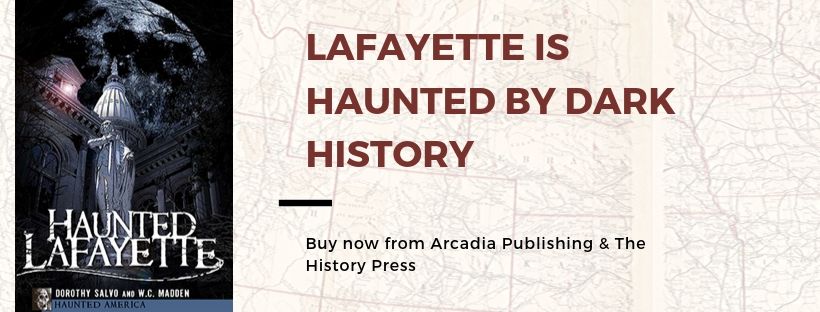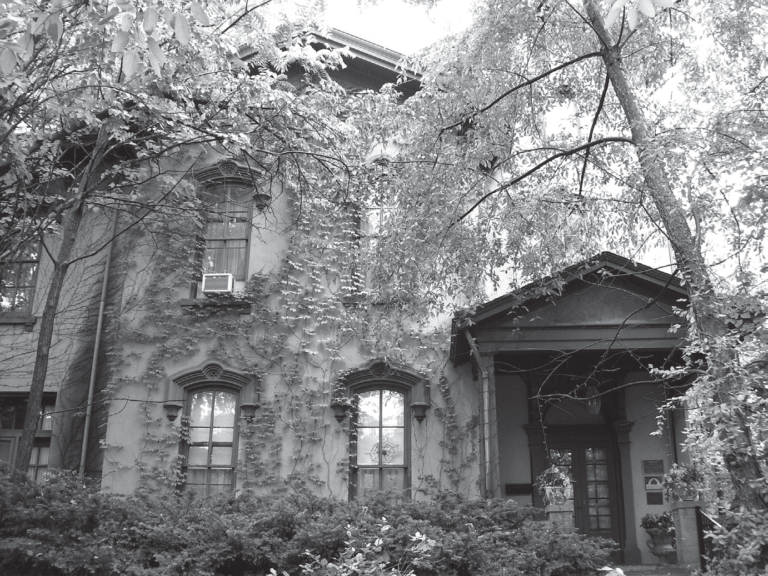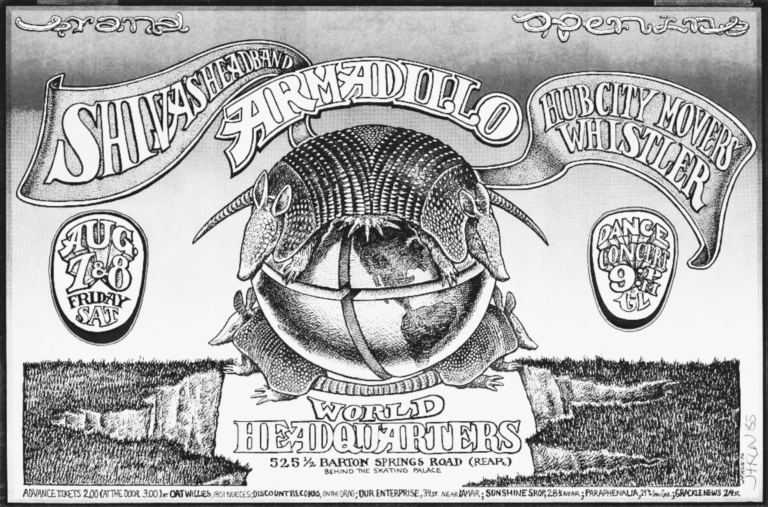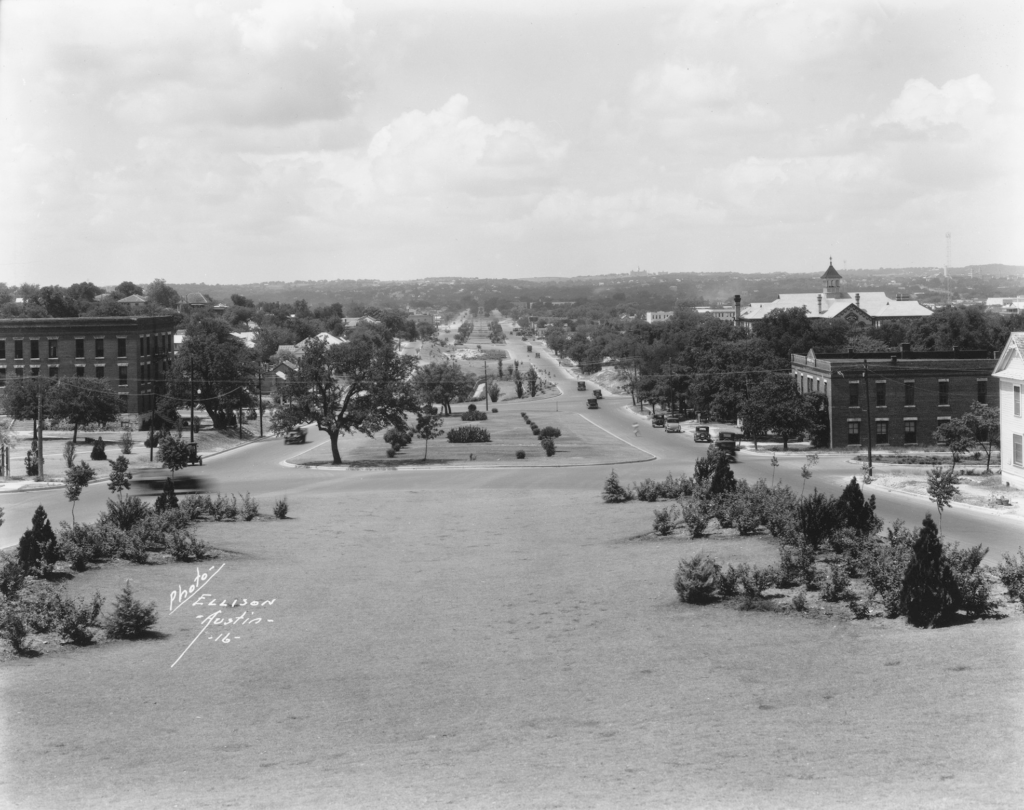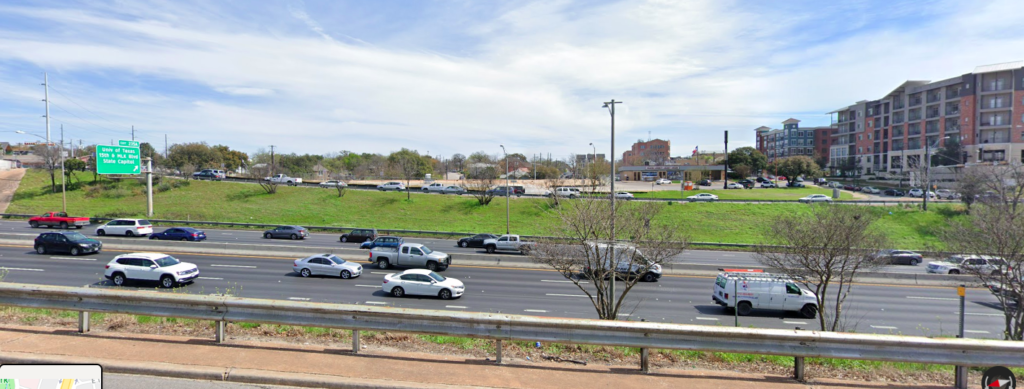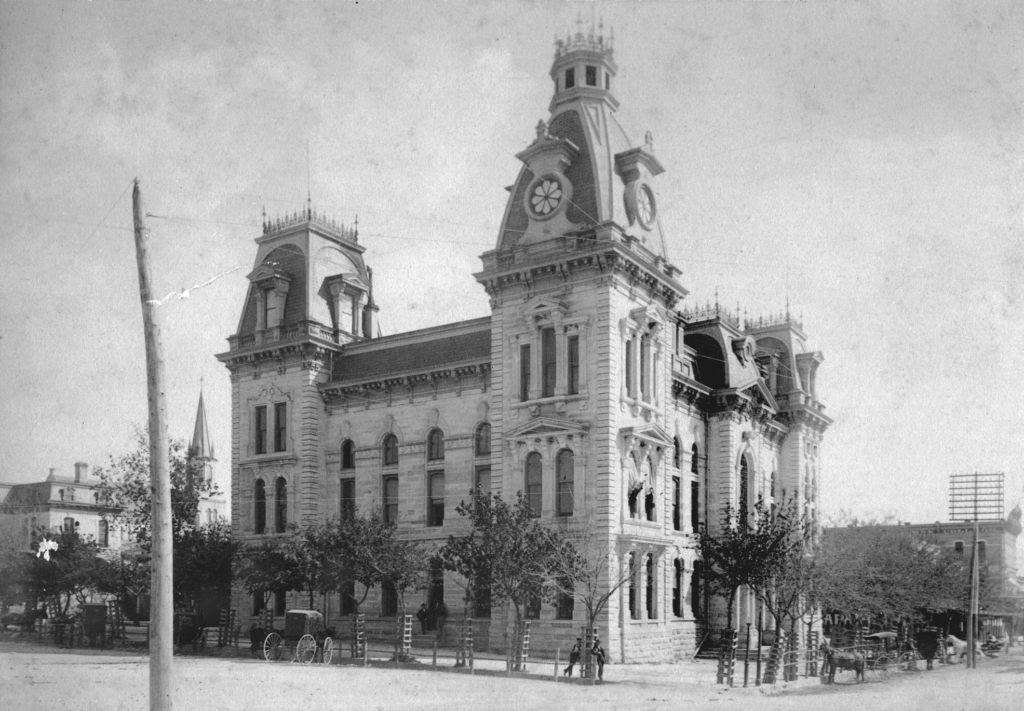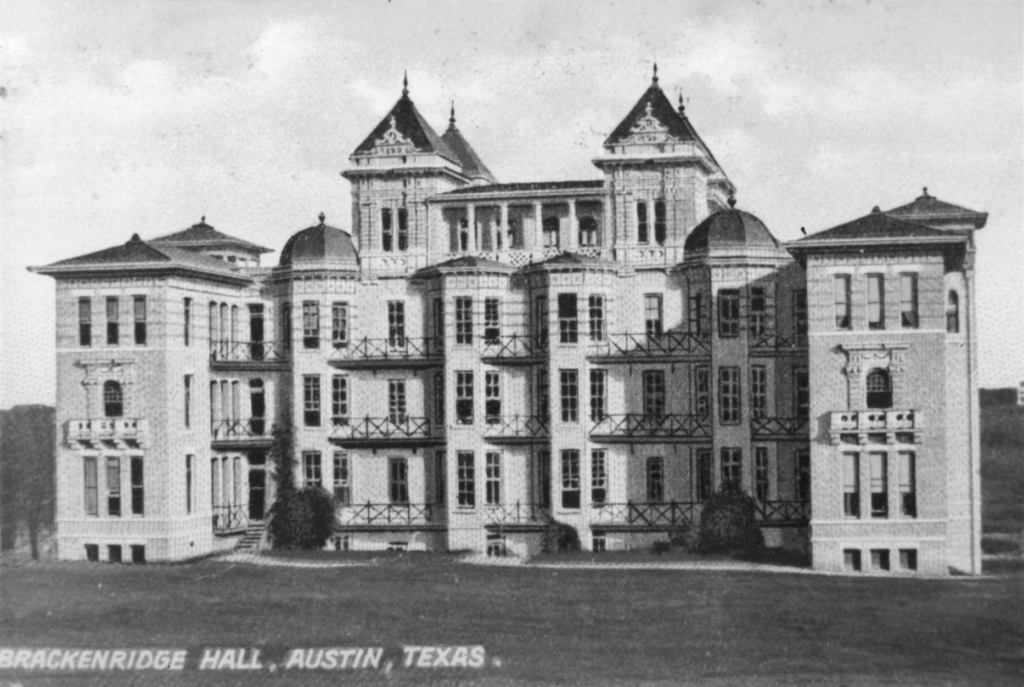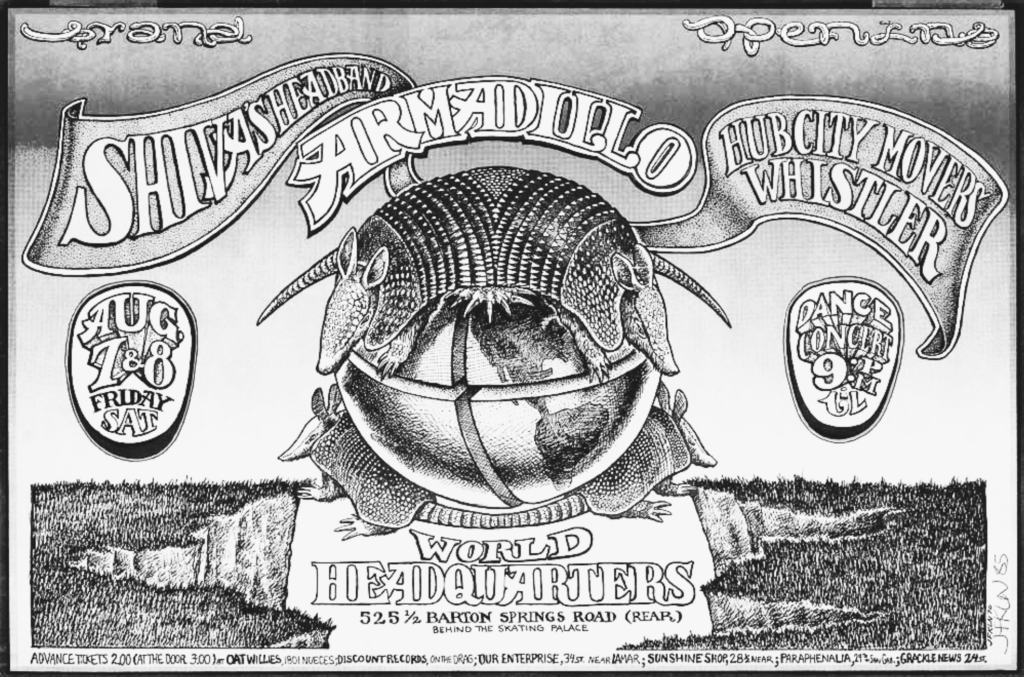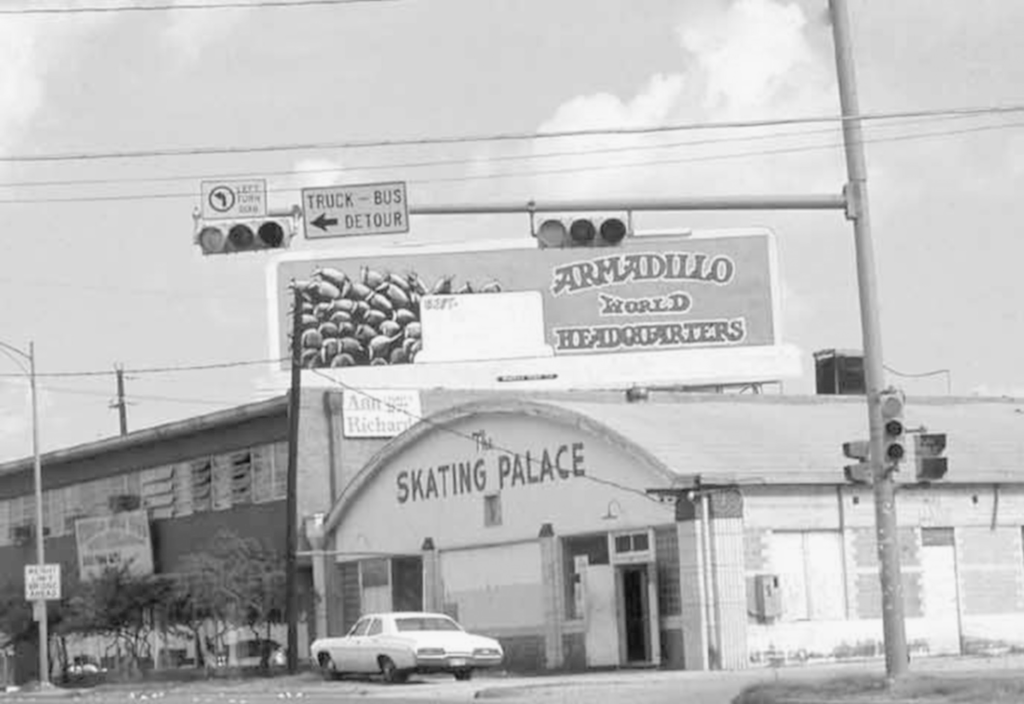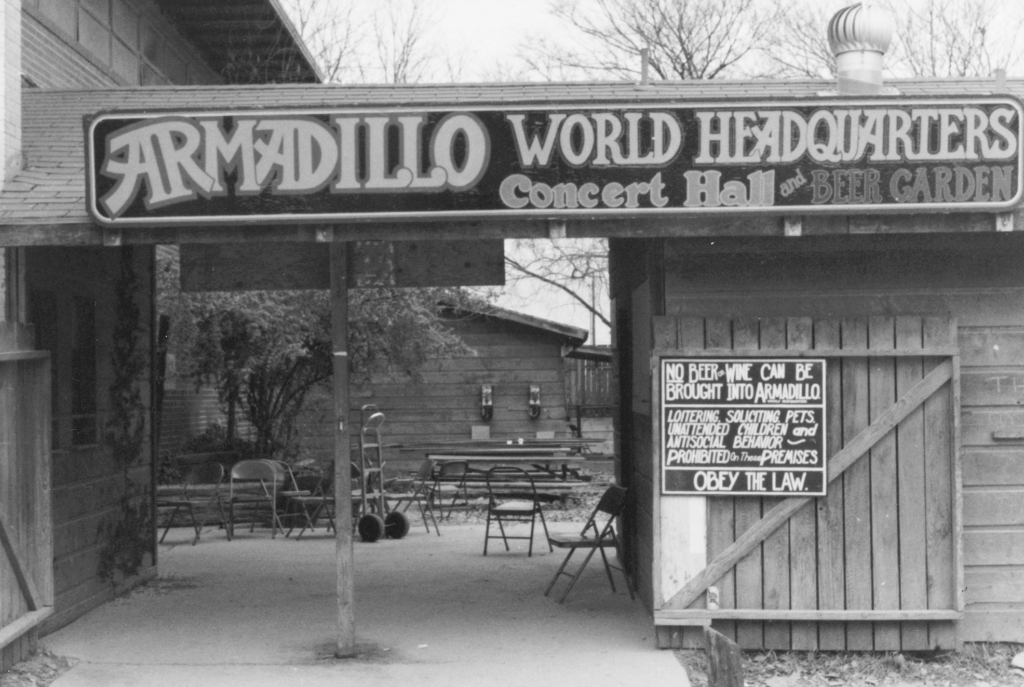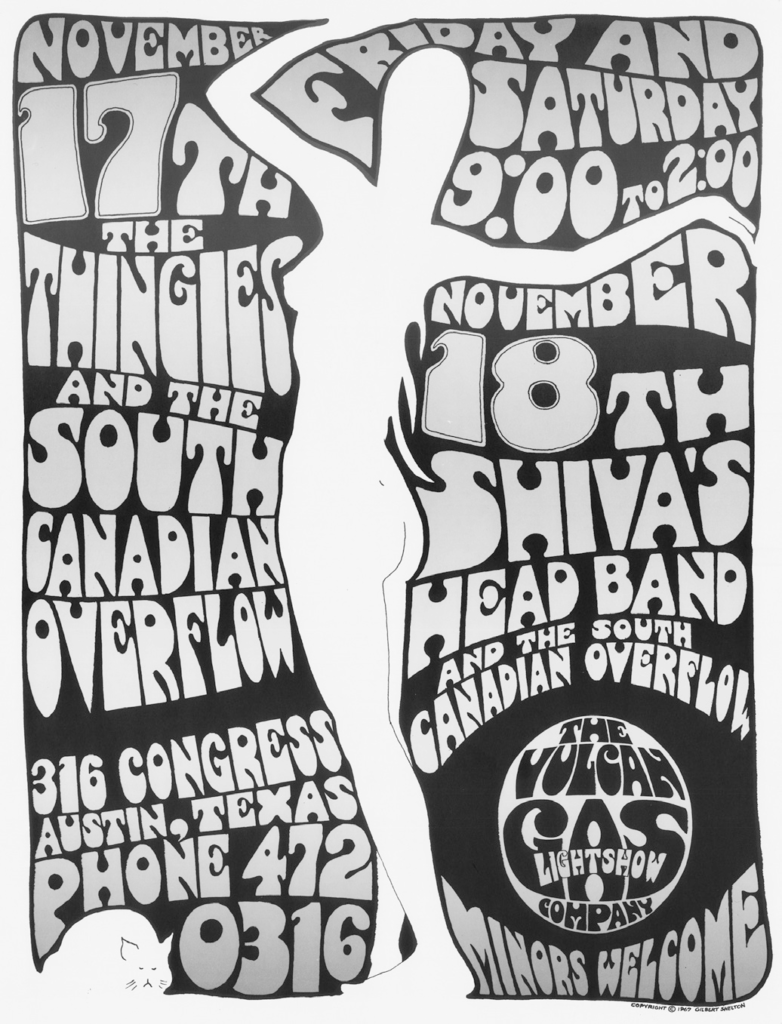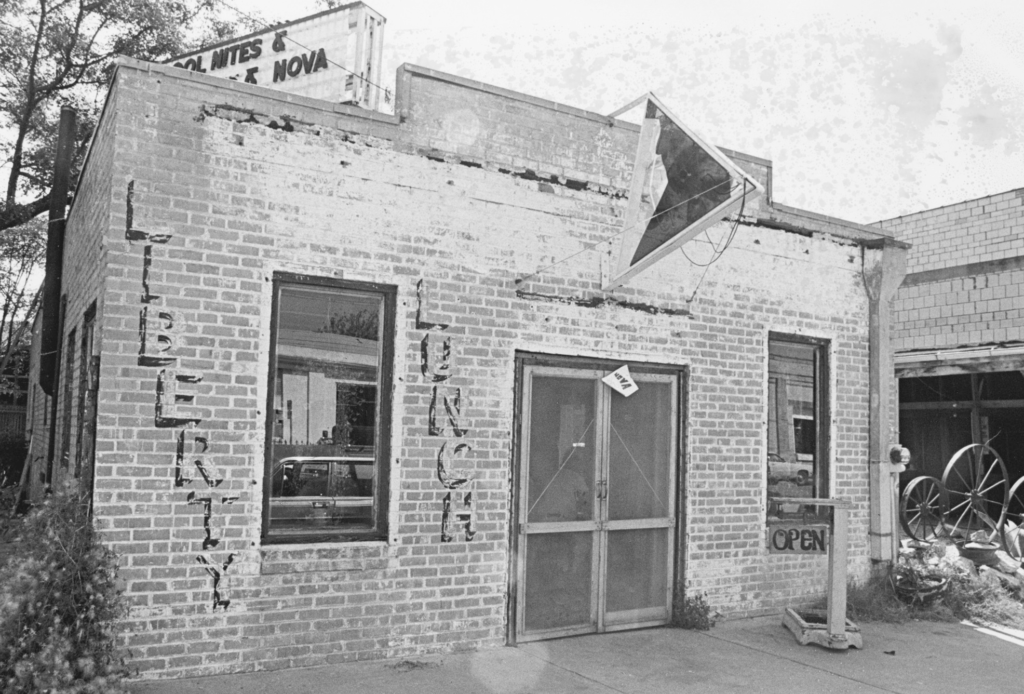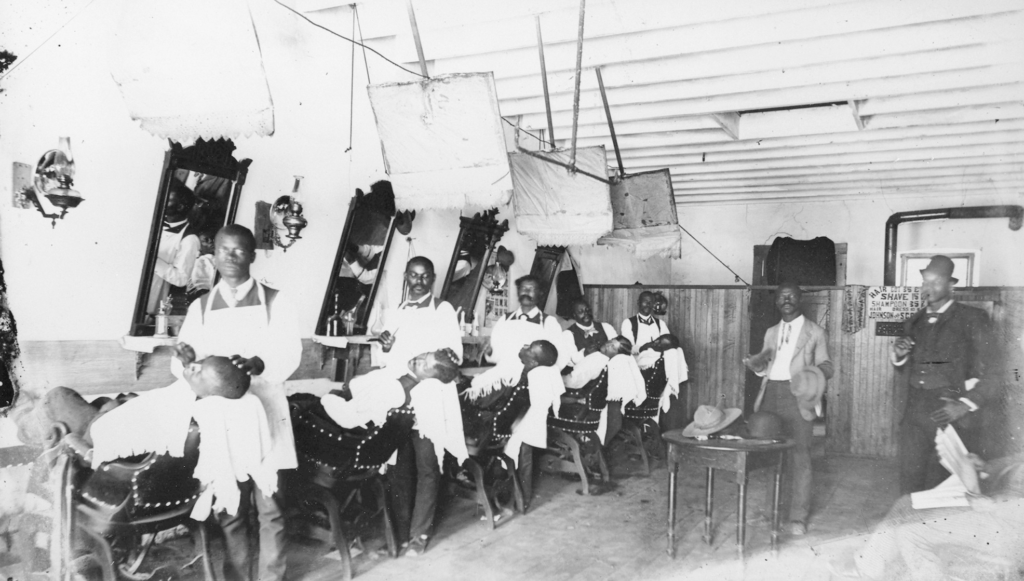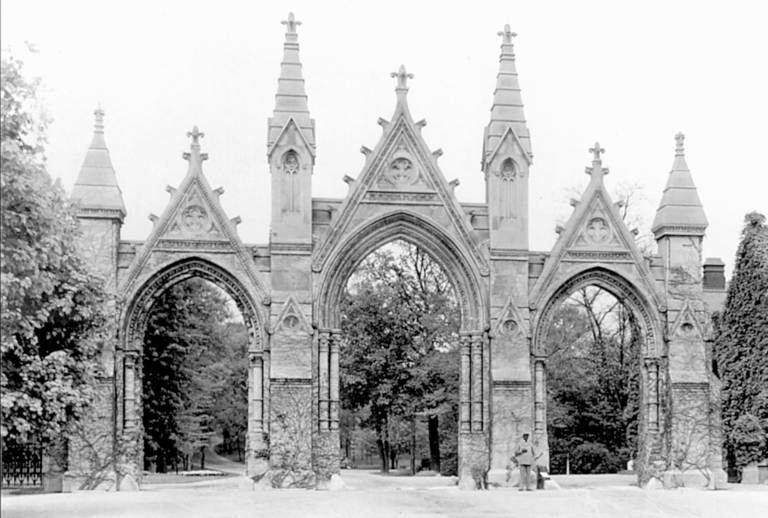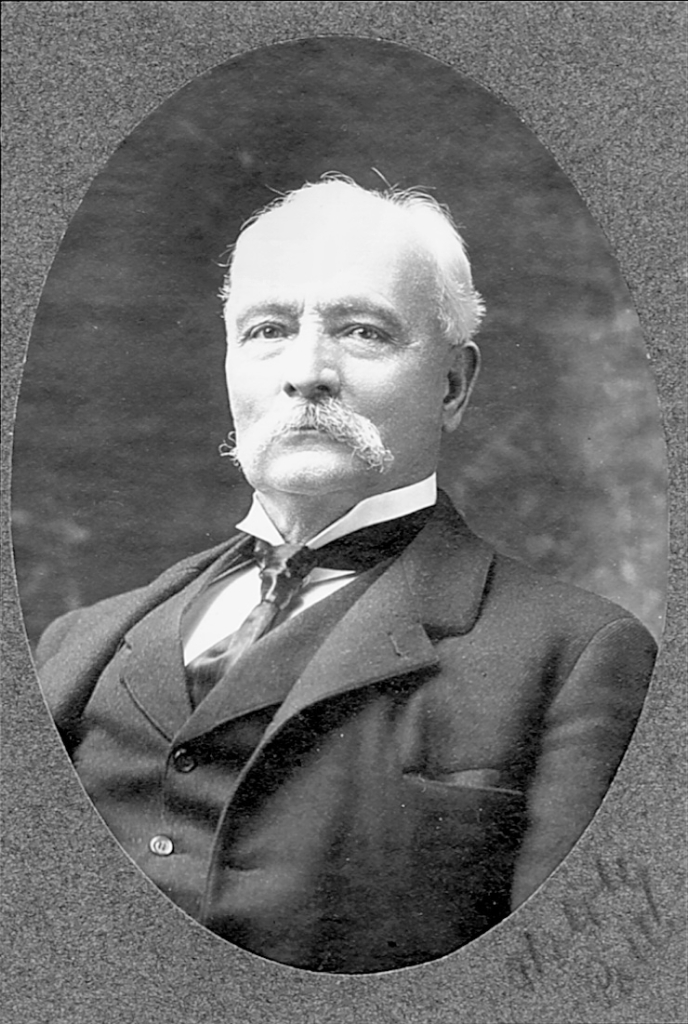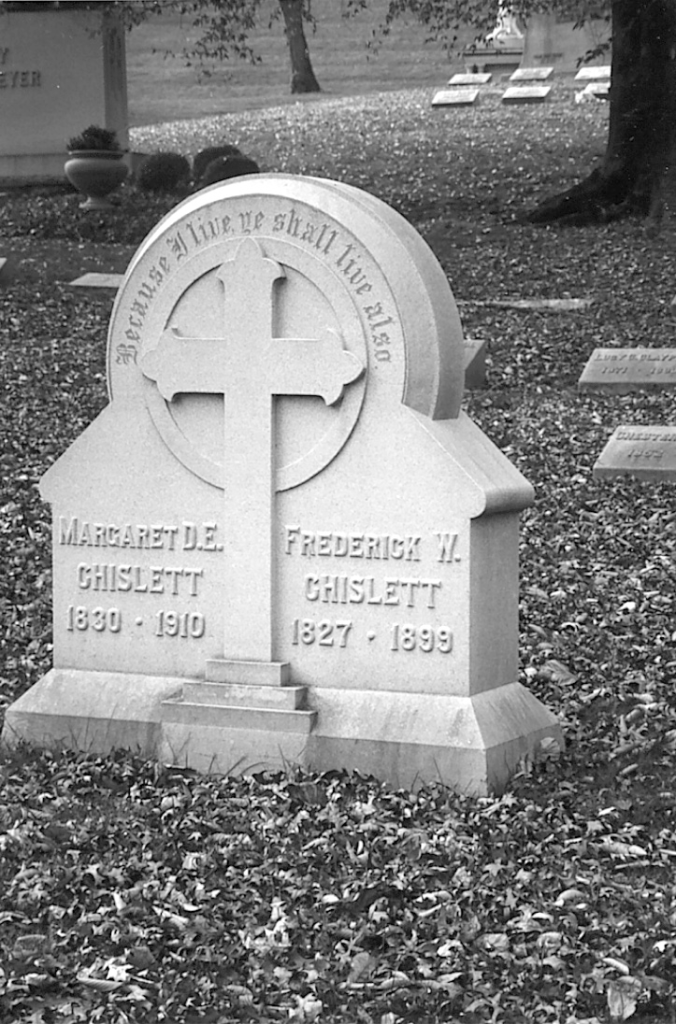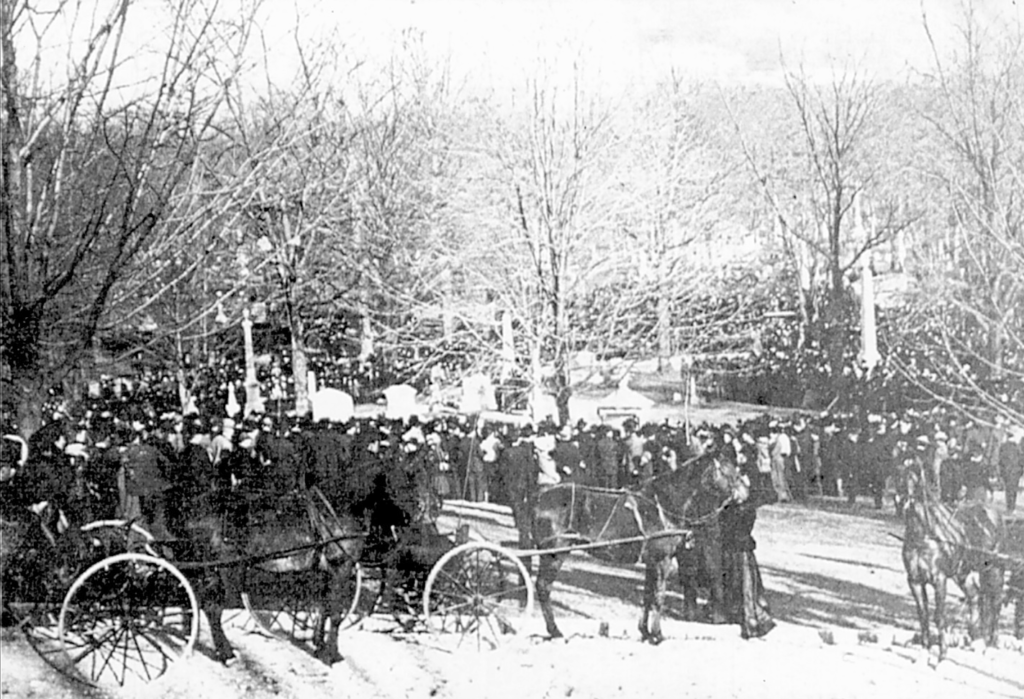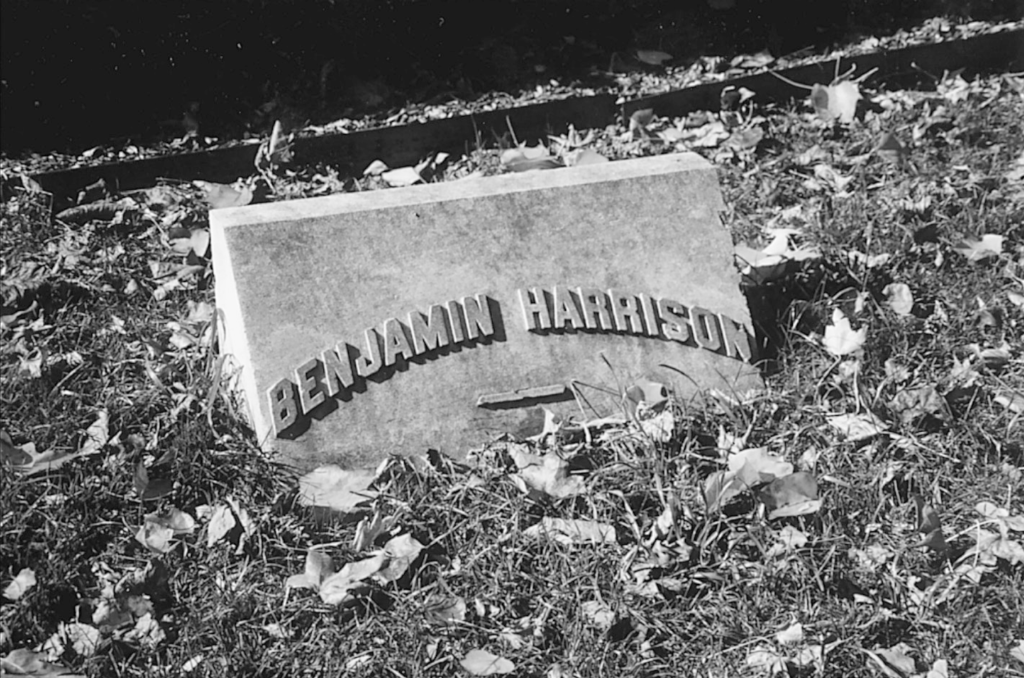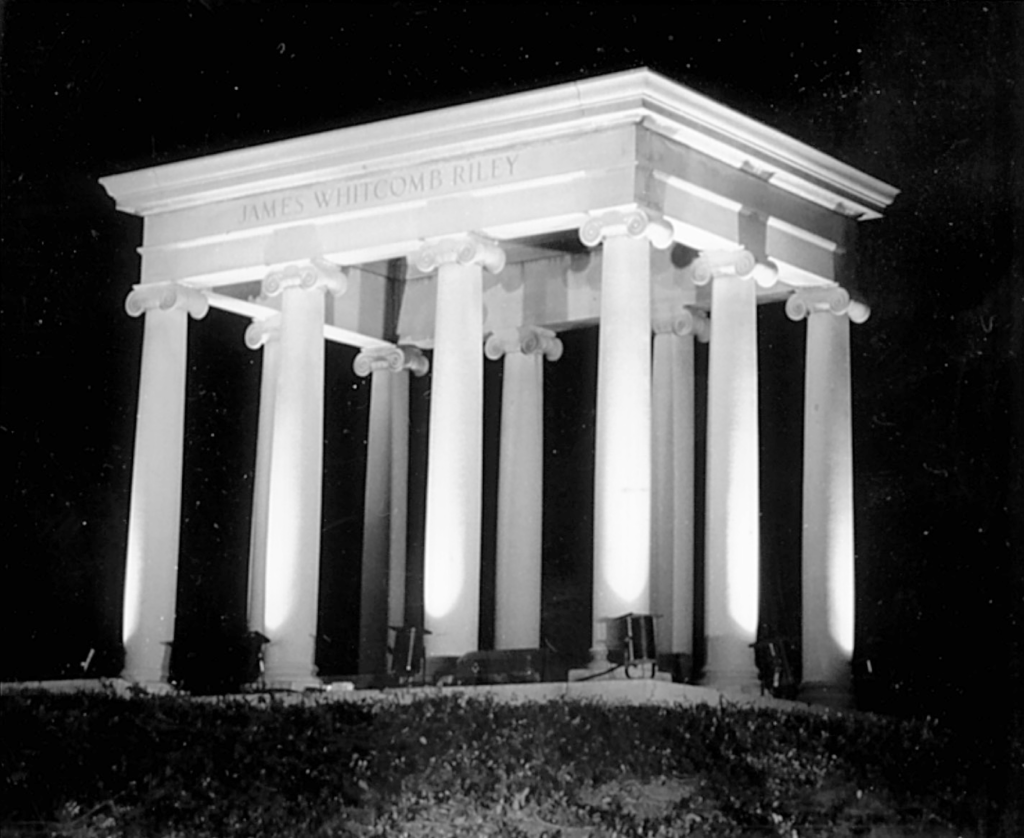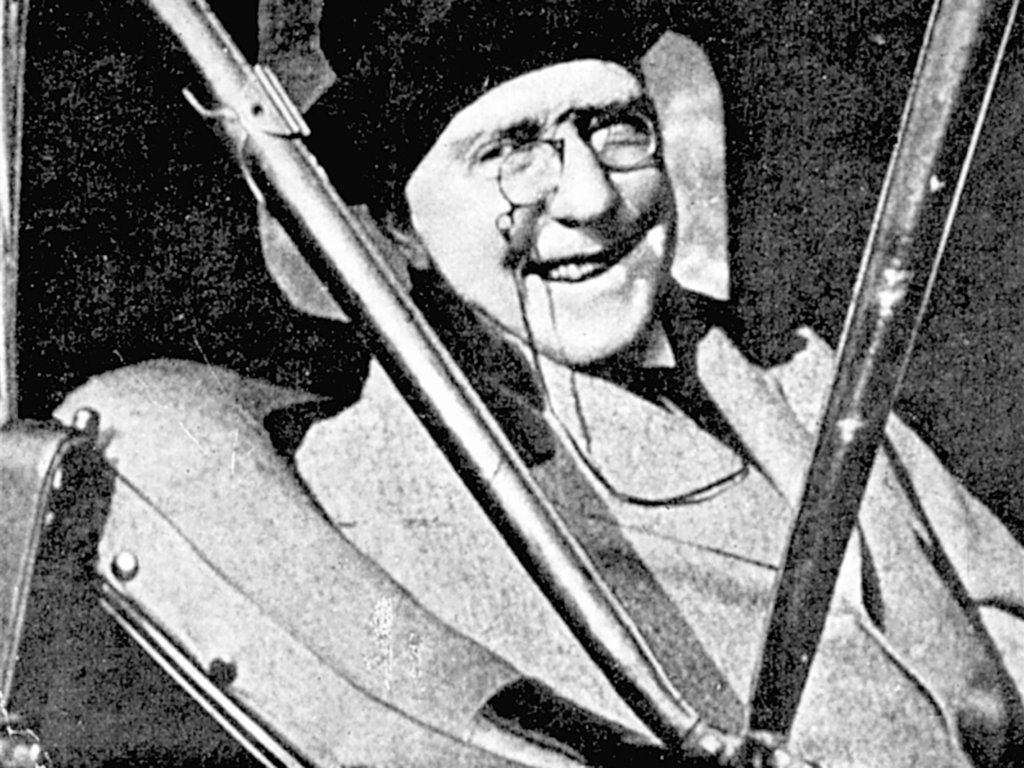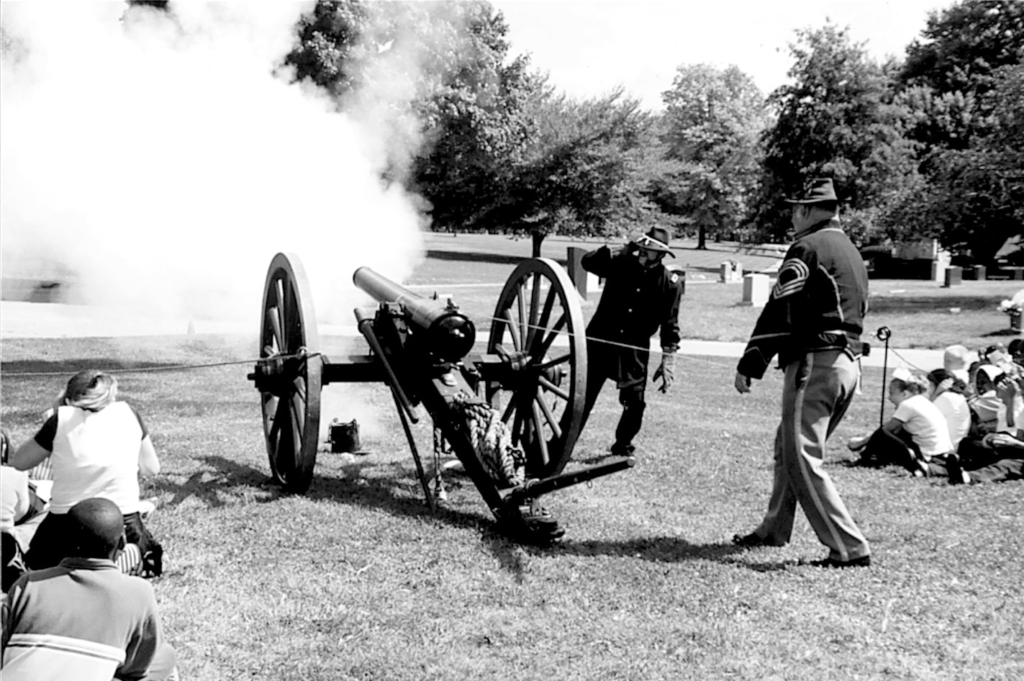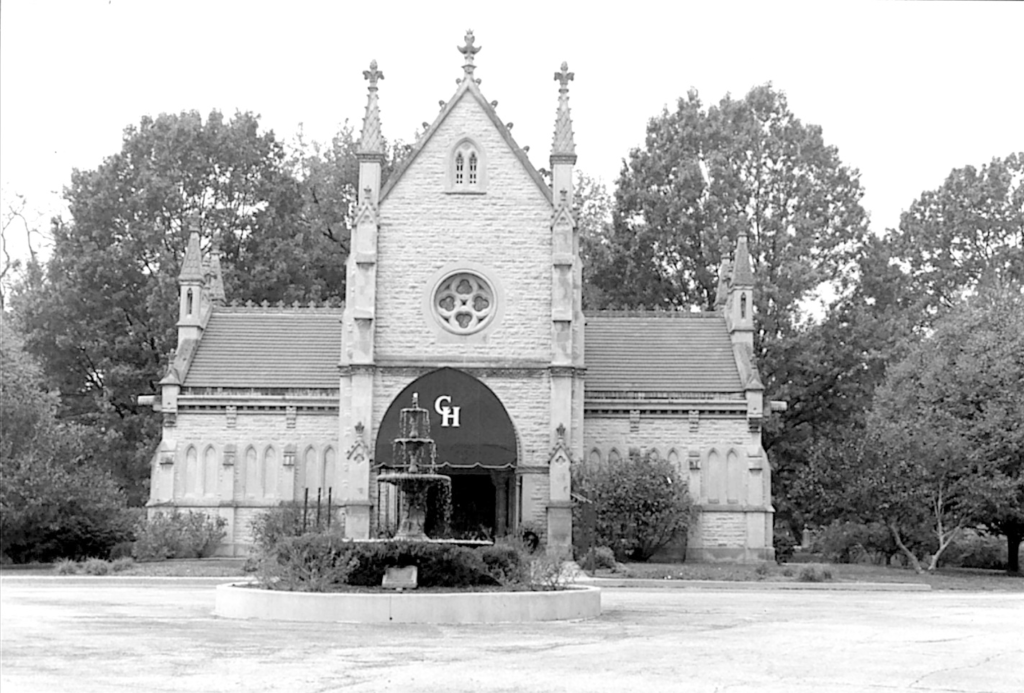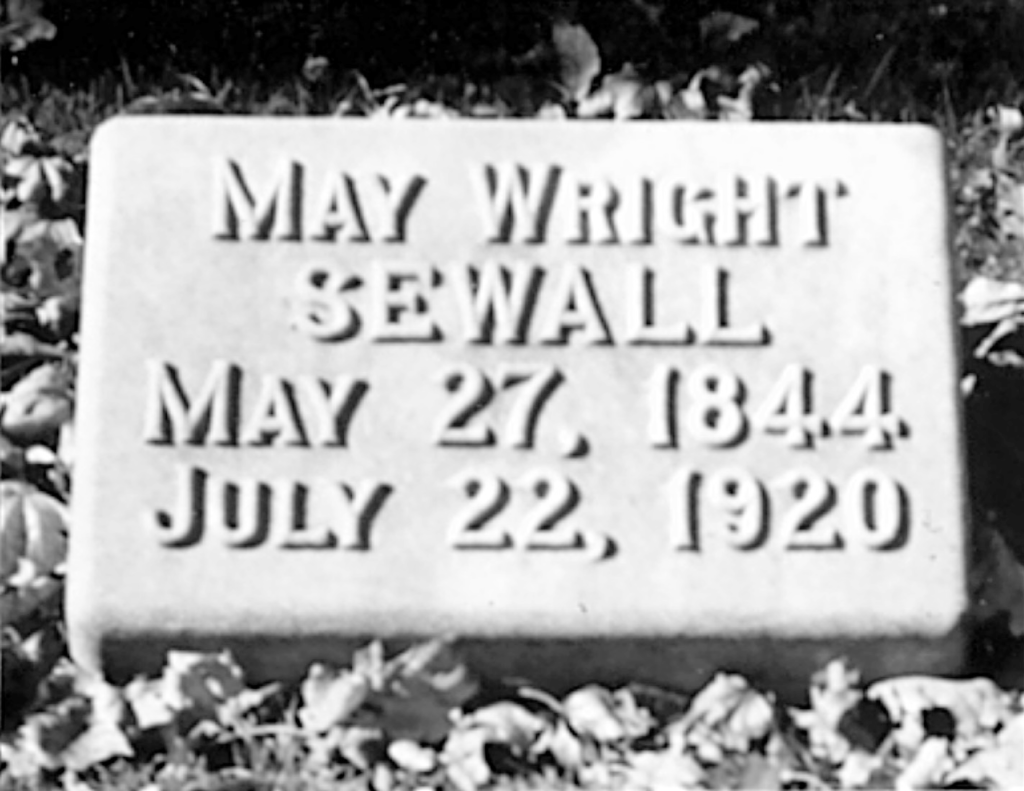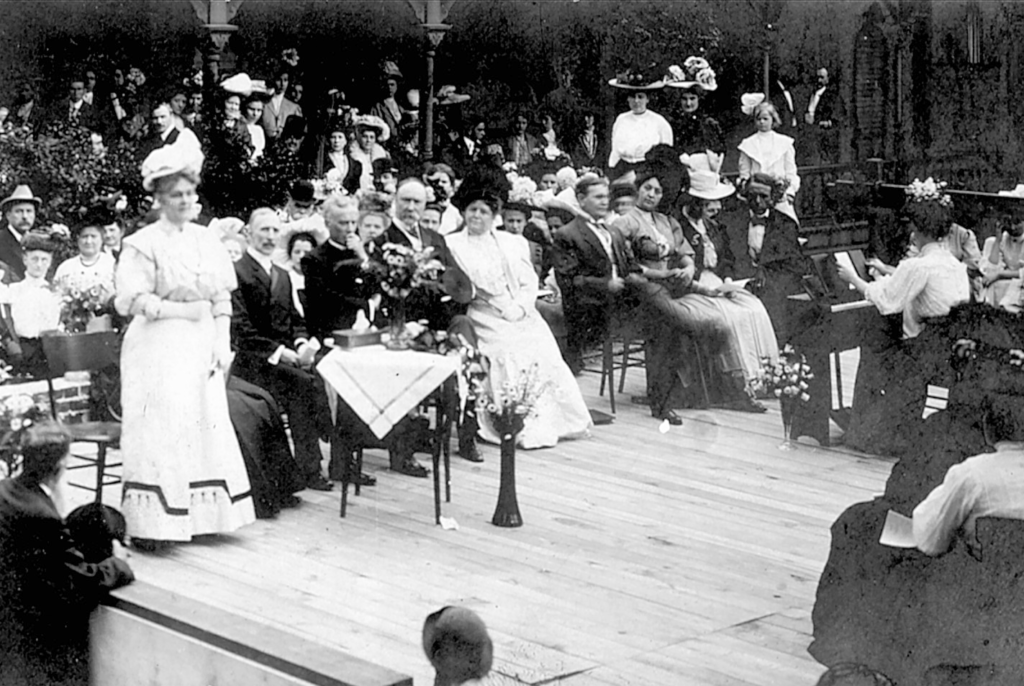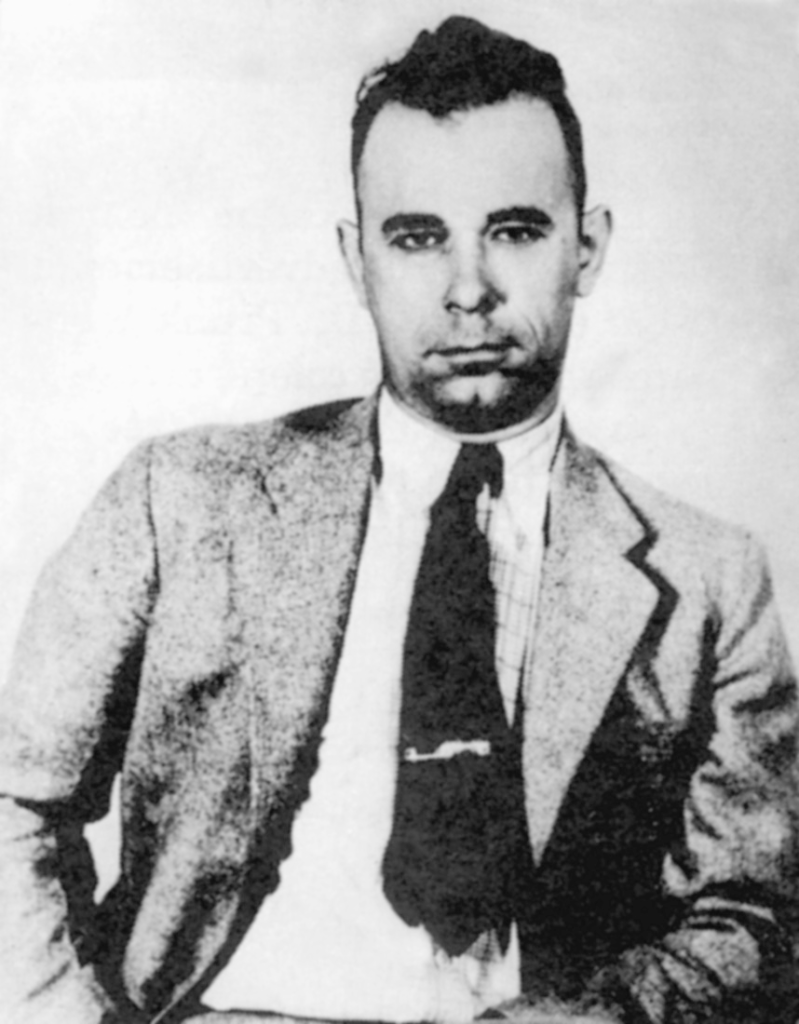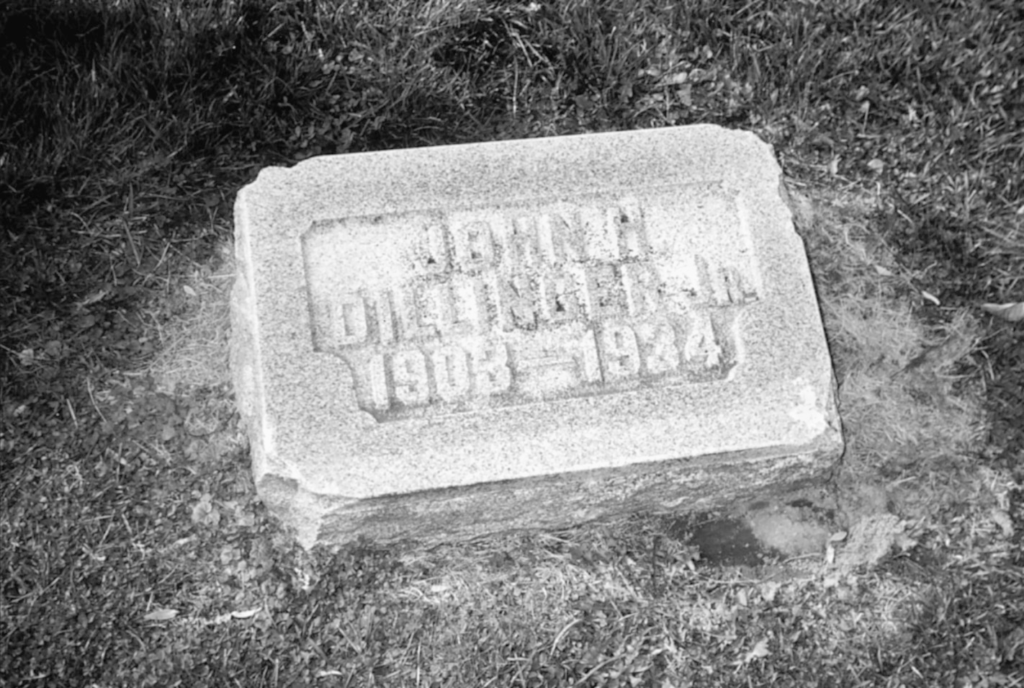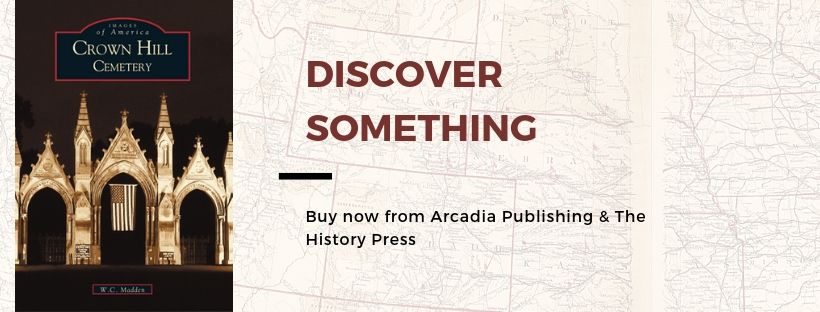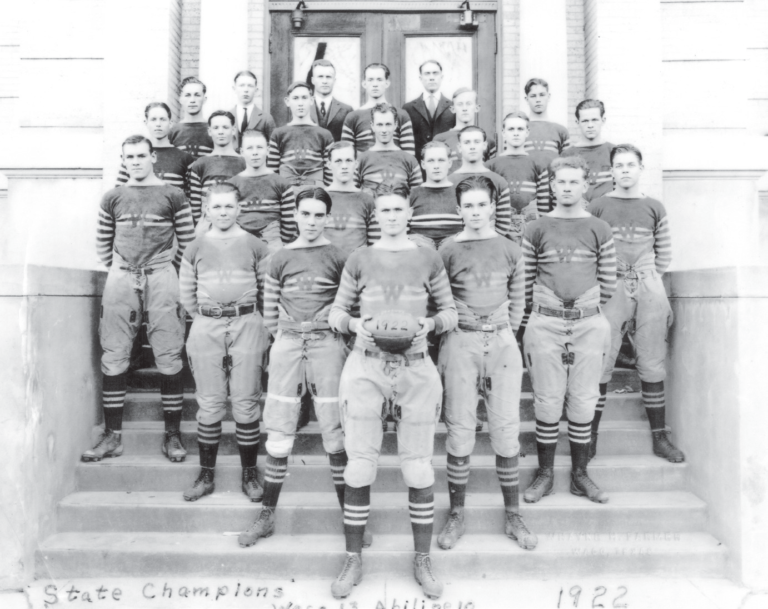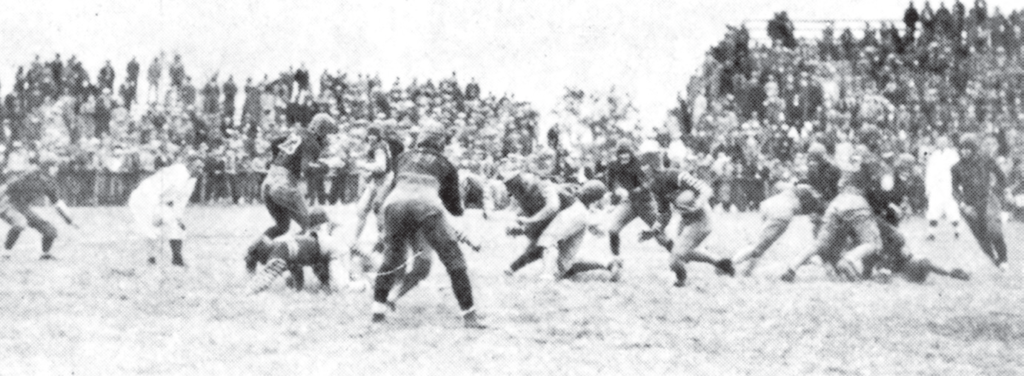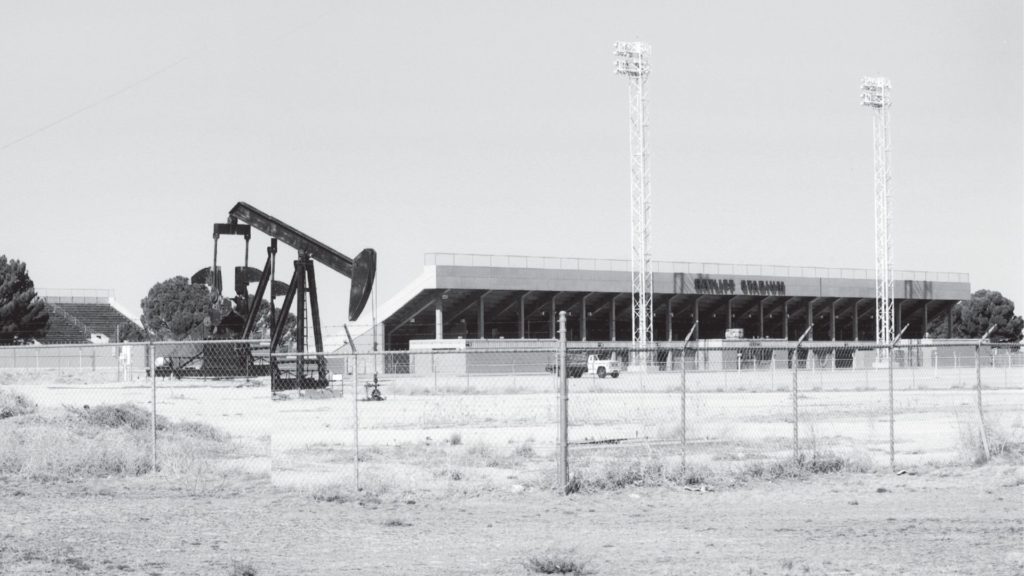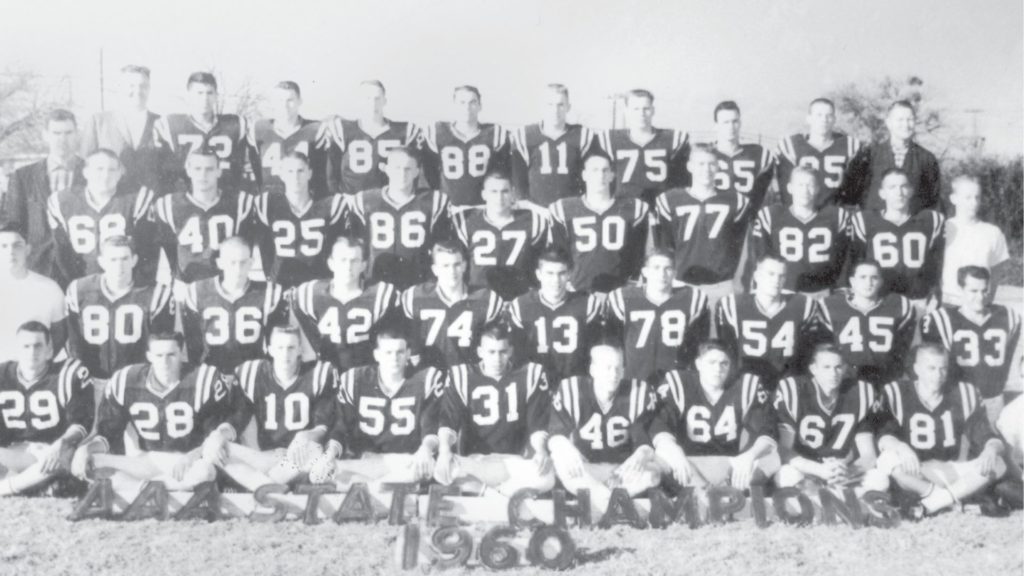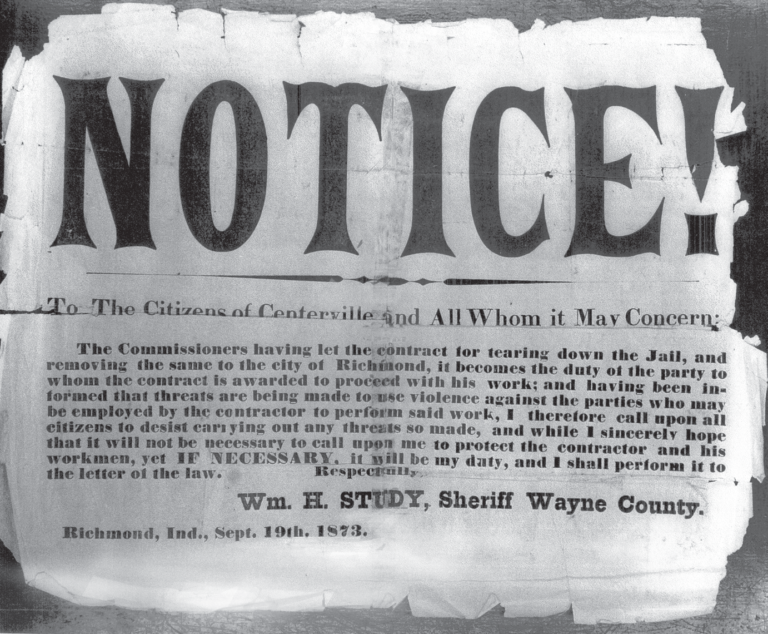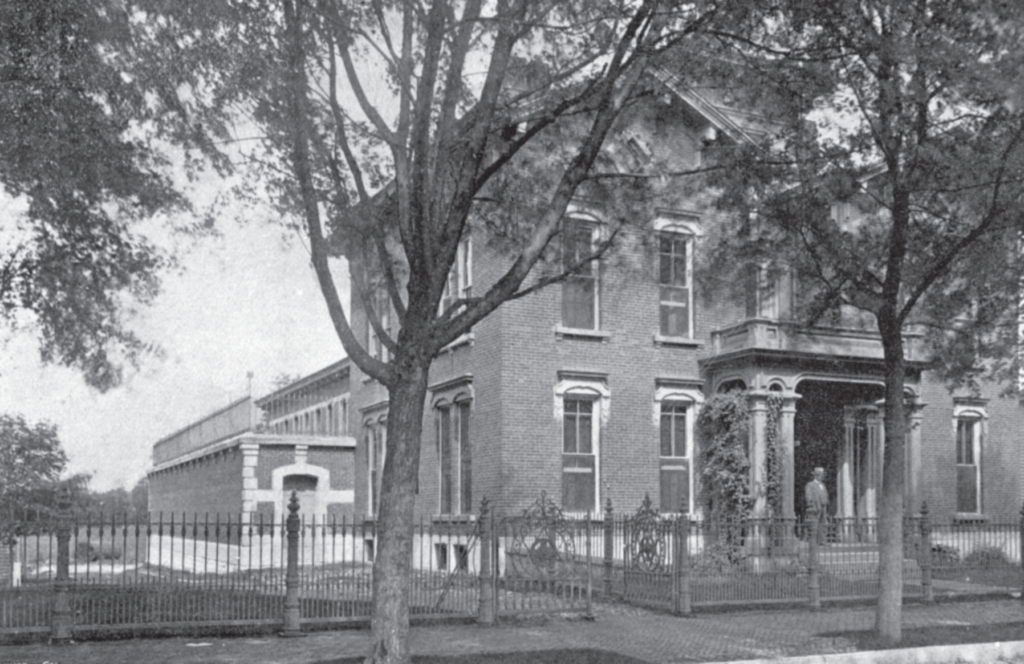SUBJECT WARNING: This story contains graphic detail of a 1982 Lafayette, Indiana murder.
It is one of the strangest and most horrifying murder cases in Lafayette history—a case that is still difficult to read about today. Marcia Heald, who may have been possessed, was convicted of brutally murdering a neighbor back in 1982 in a Lafayette apartment.
On August 2 of that year, Marcia attended a poetry reading at the apartment of Gerald and Shelly Smith at 601 1/2 New York Street. Shelly and Marcia discussed poetry, folk music and antiques that night until after 1:00 a.m. Shelly offered her couch for Marcia to sleep on, but she declined and went to her car instead.
Laying with snakes
At 5:00 a.m. the next morning, Gerald left his wife Shelly to deliver newspapers. Some time later, Marcia awoke in her car and decided she had to return to the apartment and kill Shelly Smith because she believed her to be a serpent possessed by Satan.

Marcia first took off all of her clothing in a downstairs bathroom. She also went into the kitchen and grabbed a paring knife. Then she went into Shelly’s bedroom. Shelly was lying naked under the covers. She looked like a snake to Marcia, who yelled, “Yahweh’s kingdom come” and began stabbing her.
Shelly screamed with pain and ran from the bedroom toward the kitchen, but Marcia grabbed her by the hair, pulled her down and then began stabbing her repeatedly in the head, neck, chest and back.
Then she tried to remove the “snake’s” head, because she felt it would be rejuvenated if she didn’t behead it. She sawed with a knife and part of a mirror. Then she tried twisting it off. She gave up in her attempt to remove the head. She went back to the bathroom, showered, dressed and then left. She drove around for a while and stopped and ate breakfast at a restaurant near Purdue University.
Later that day, Lafayette Police apprehended her and got a confession out of the crazed woman.
” I am not a human being; I am an animal.”
Marcia was not your typical murderer. The Plainfield resident had been a librarian at the Indiana State Library. The divorced mother of two spent two Saturdays a month at the Indianapolis Children’s Museum demonstrating weaving. However, she told court psychiatrists that she was Eve from the Garden of Eden.
She pleaded innocent by reason of insanity, but the judge ruled that she was competent to stand trial. Psychiatrists differed on whether she was insane. At her court hearing, Marcia said:
“It was written 2,500 years ago. It would be at Lebanon [where the trial had been moved to]. It is Yahweh’s will. Human beings have no knowledge of my world. They shouldn’t meddle. I am not a human being; I am an animal. I became an animal in March.”
Read more about this and other ghoulish stories in Haunted Lafayette by Dorothy Salvo Davis and W.C. Madden’s
During the trial, Marcia was the first witness for the defense. She began her testimony by claiming that her name was “Mars, the God of War” and that she was 5,743 years old, but 44 years in her present form.
She later testified, “I began seeing something in front of Shelly [Smith]. I saw this face and I saw it was a snake. Yahweh [God] was sending me messages. I could see something at her neck like scissors or knives. I said to myself, ‘Is this the lady I have to battle with?’”
Marcia believed Shelly to be a serpent. “You always have to cut off the head of a serpent,” she said.
A jury took only four and half hours to convict the woman. The forty- four-year-old woman was sentenced to forty years for the murder and thirty years for burglary. She wouldn’t be eligible for parole for twenty years.
